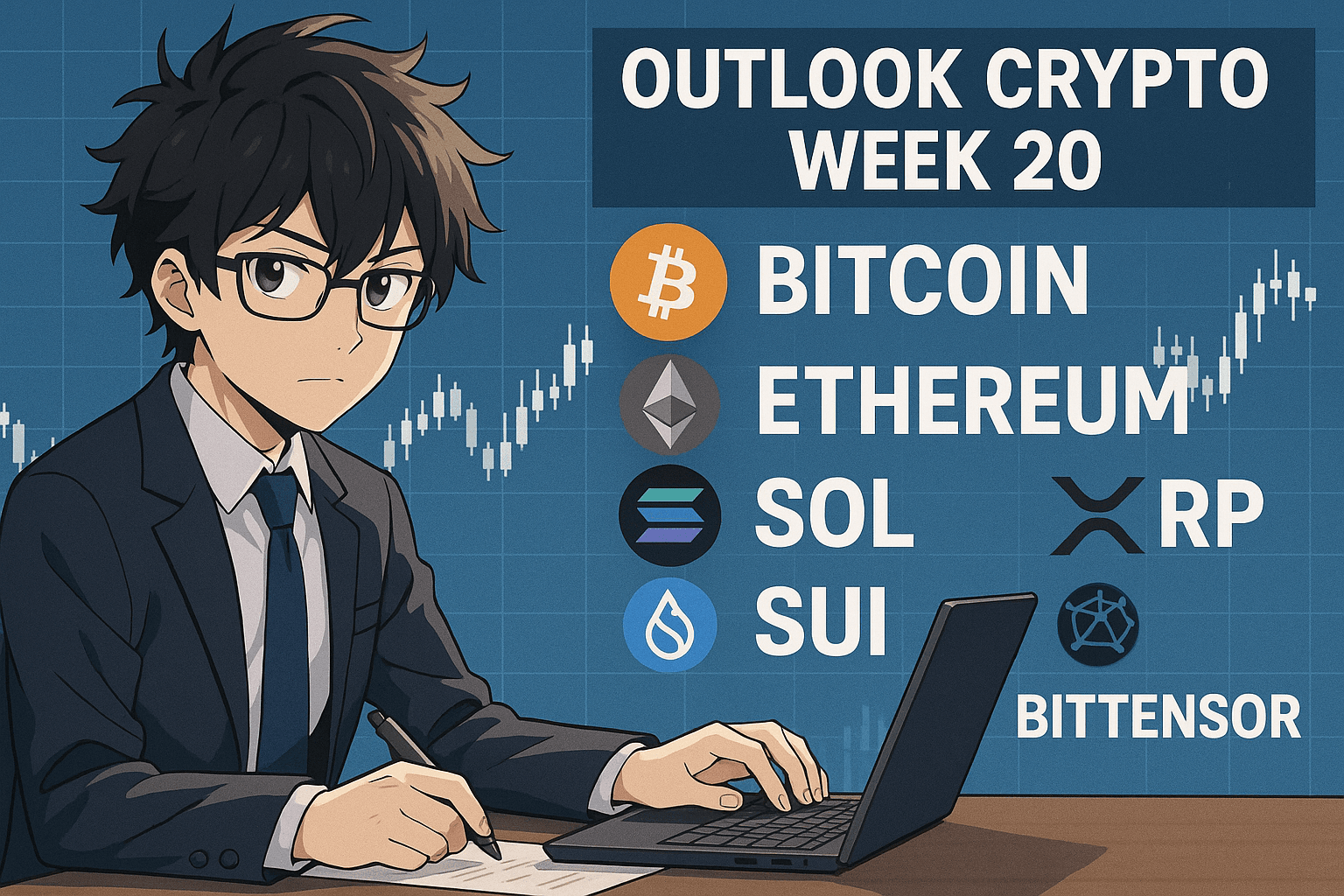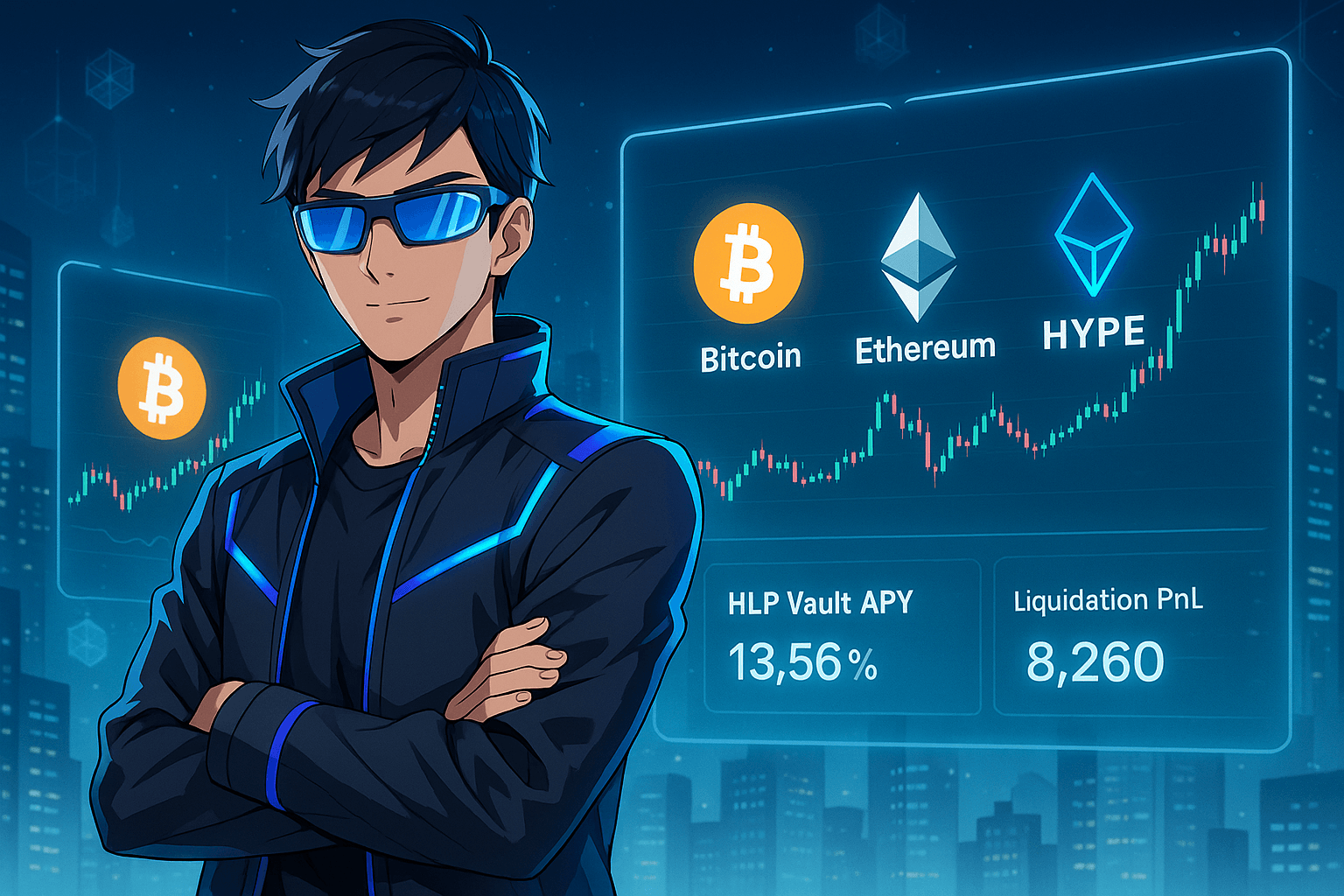The GMX ecosystem has long been known for its innovative approach to decentralized perpetual trading. From the protocol’s resilient GLP token to its zero-slippage swaps and multi-chain presence, GMX has remained a leader in permissionless trading. But now, a new liquidity primitive is emerging from its V2 engine — the GLV Token, short for GMX Liquidity Vault.
Designed for dynamic capital deployment and powered by Chaos Labs, GLV introduces smart liquidity allocation that shifts across markets based on utilization. This blog breaks down everything you need to know about GLV, including how it works, the mechanics of its pools, and the pros and cons of integrating GLV into your DeFi strategy.
⚙️ What is GLV?
GLV stands for GMX Liquidity Vault — an intelligent pool structure that supports isolated markets in GMX V2. Unlike GLP, which offers broad index-style exposure, GLV pools are precise, supporting select trading markets with dedicated long and short collateral.
Each GLV pool has:
- ✅ A list of supported trading markets (e.g., ETH/USD, BTC/USD)
- ✅ A Long Token — the asset backing long positions (e.g., WETH)
- ✅ A Short Token — the asset backing shorts (e.g., USDC)
GLV pools auto-adjust based on real-time metrics and recommendations from Chaos Labs, GMX’s security and risk partner.
📌 Example:
GLV [WETH-USDC]
- Long Token: WETH backs longs
- Short Token: USDC backs shorts
- Liquidity shifts between ETH/USD or other markets depending on utilization and risk profile
🧠 How GLV Works: Mechanics Explained
🔀 Market-Specific Capital Deployment
Each GLV only allocates capital to approved markets. These markets can evolve over time based on GMX governance and Chaos Labs’ input. This offers:
- Greater capital efficiency
- Lower risk exposure per market
⚖️ Long/Short Token Segregation
GLV separates long and short collateral:
- Long positions draw from the Long Token (e.g., WETH)
- Short positions draw from the Short Token (e.g., USDC)
This allows for:
- More granular risk modeling
- Easier hedging for liquidity providers
- Better PnL tracking
🧪 Chaos Labs Optimization
- GLV pools dynamically shift capital between markets with real-time risk data
- Helps avoid underutilized capital
- Protects LPs from overexposure to volatile or illiquid markets
💰 GLV vs. GLP — What’s the Difference?
| Feature | GLV | GLP |
|---|---|---|
| Liquidity Target | Isolated per market | Broad index (BTC, ETH, stables) |
| Token Exposure | Long/Short asset pair | Index-weighted assets |
| Risk Management | Chaos Labs optimized | Passive weight adjustment |
| PnL Relationship | Market-specific trader exposure | Global trader exposure |
| Flexibility | High (modular) | Low (index-style only) |
✅ Pros of GLV Pools
1. Higher Capital Efficiency
By allocating liquidity only to active markets, GLV reduces idle assets and improves fee generation.
2. Smarter Risk Management
Chaos Labs provides data-driven optimization to reduce unnecessary volatility and adjust liquidity dynamically.
3. Customizable Exposure
LPs can choose GLVs based on their market preferences (e.g., ETH-focused, BTC-focused, etc.) rather than being exposed to the full index like with GLP.
4. Modular DeFi Composability
GLV pools are more modular and can plug into other DeFi protocols or structured products for integrations.
❌ Cons and Risks of GLV Pools
1. Complexity and Fragmentation
GLVs require understanding of:
- Market-specific risks
- Token-specific dynamics
- Real-time data monitoring
It’s not a passive set-and-forget LP like GLP.
2. Lower Diversification
Since GLVs are isolated, a single market event (e.g., ETH flash crash) can significantly affect a GLV tied to that market.
3. New Product Risk
GLV is new, with fewer audits and less battle-testing compared to GLP. Early adopters carry smart contract risk.
4. Performance Reliance on Chaos Labs
If Chaos Labs’ optimization fails or is delayed, capital may be inefficiently deployed or overexposed.
📊 Use Cases and Strategy
GLV is ideal for:
- Pro LPs who want active capital management
- Funds looking for market-specific exposure
- Structured products using segmented risk buckets
- DeFi integrations requiring precise token flows
GLV is not ideal for:
- Passive retail LPs seeking broad yield exposure
- Users who prefer index-style liquidity (use GLP instead)
🔮 The Future of GLV
GLV pools are positioned to become the next generation of on-chain order book liquidity. As more markets get listed on GMX V2 and composability improves, we could see:
- ✅ GLV as collateral in lending protocols
- ✅ Automated strategies built on GLV performance
- ✅ Yield-bearing token wrappers
- ✅ Cross-chain GLV vaults (Arbitrum, Avalanche, more)
🧾 TL;DR
- GLV = GMX Liquidity Vaults powering market-specific liquidity in V2
- Uses WETH, USDC or other pairs to back long/short positions
- Auto-optimized by Chaos Labs for capital efficiency
- Offers more modular, efficient, but risk-aware exposure than GLP
Ready to LP smarter? Explore GLV on GMX.io and monitor GLV stats via GMX V2 dashboard.
Follow @CryptoSats_io for deeper dives and weekly alpha drops.




One thought on “🔍 Deep Dive: Understanding the GLV Token from GMX — A New Era in Decentralized Liquidity”